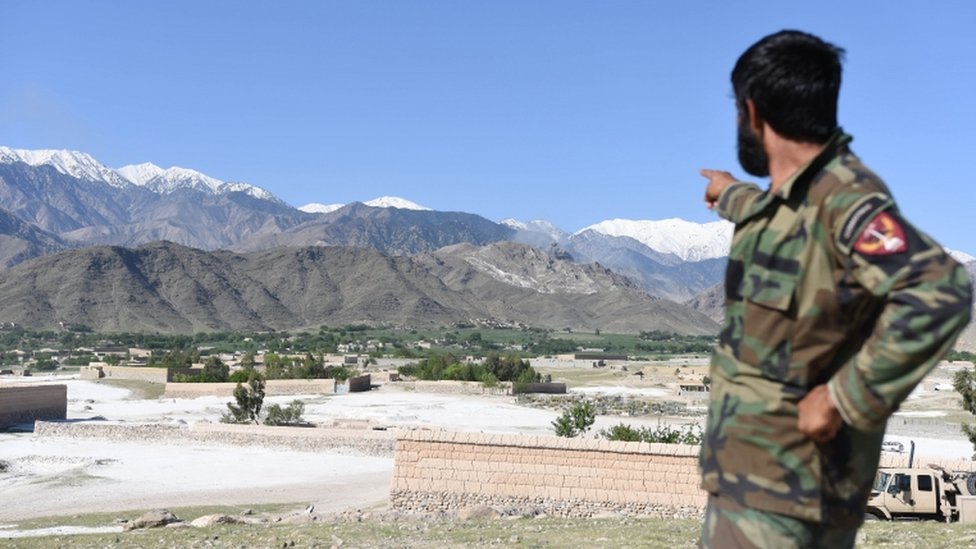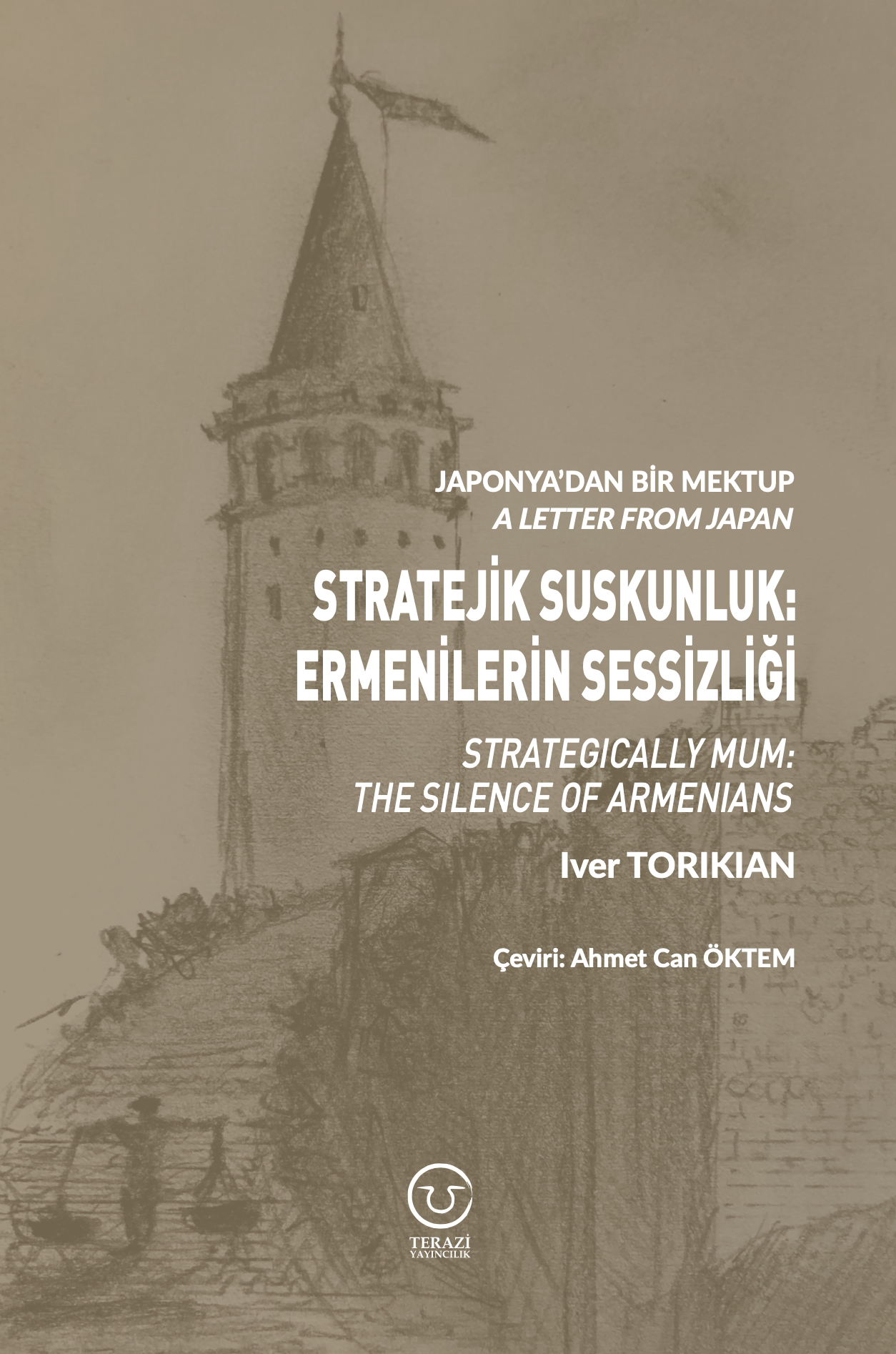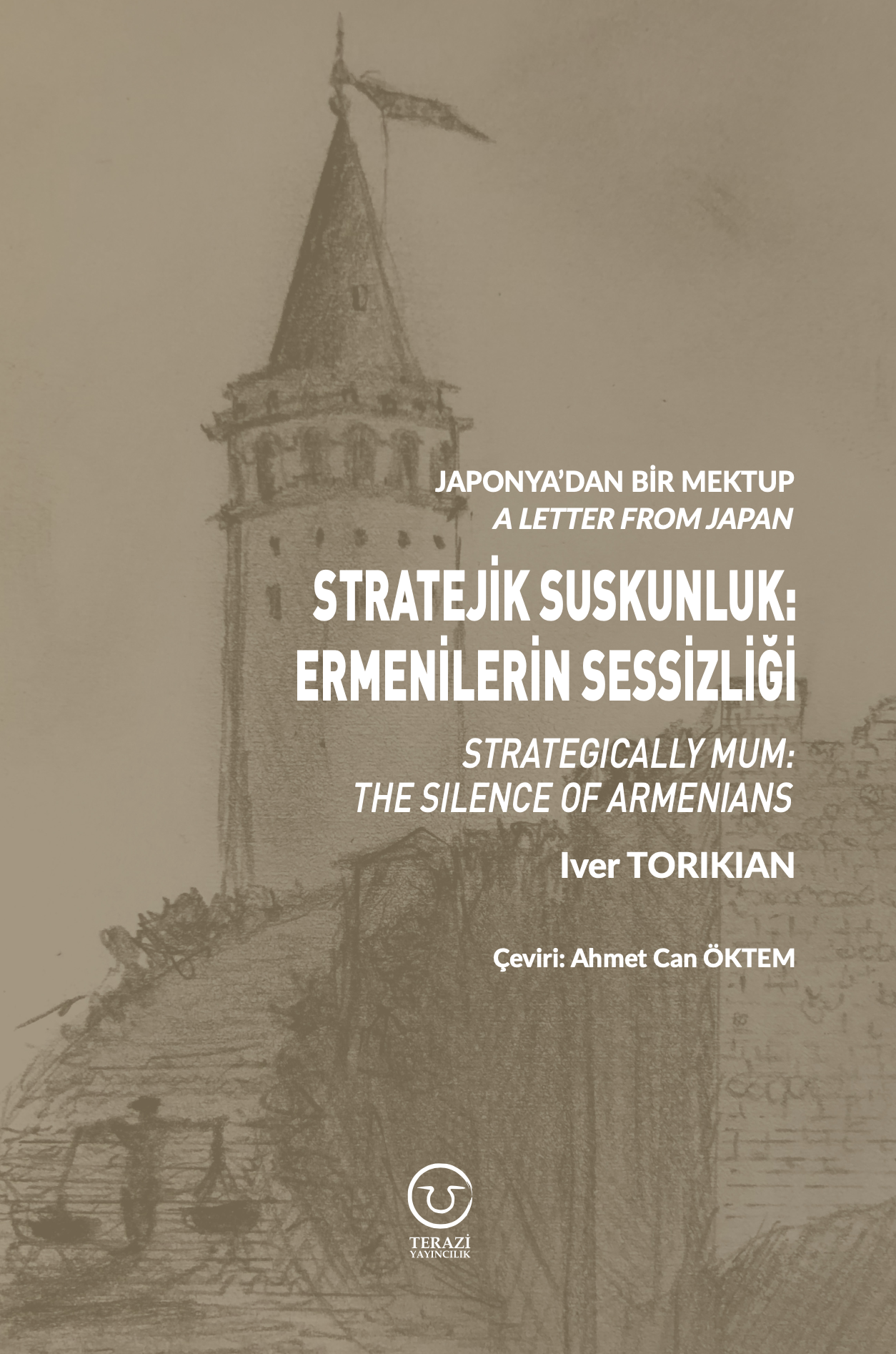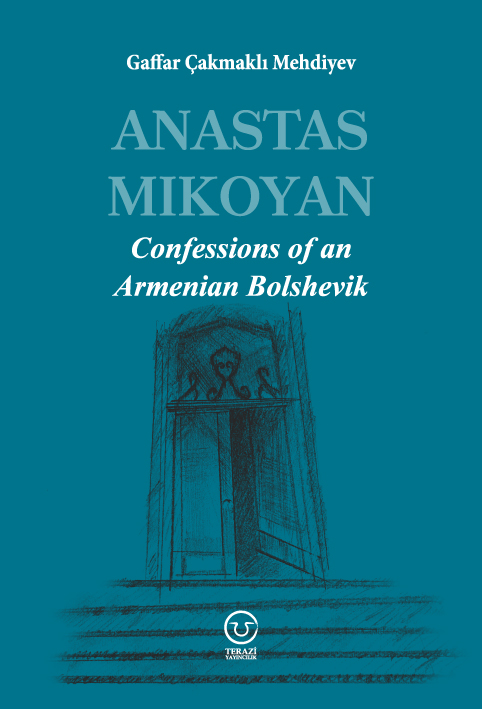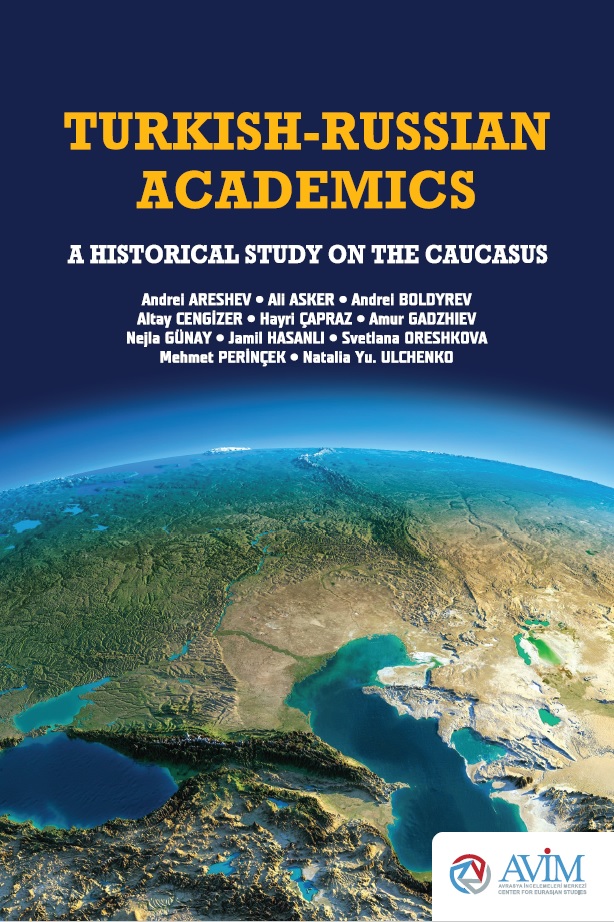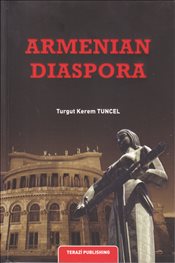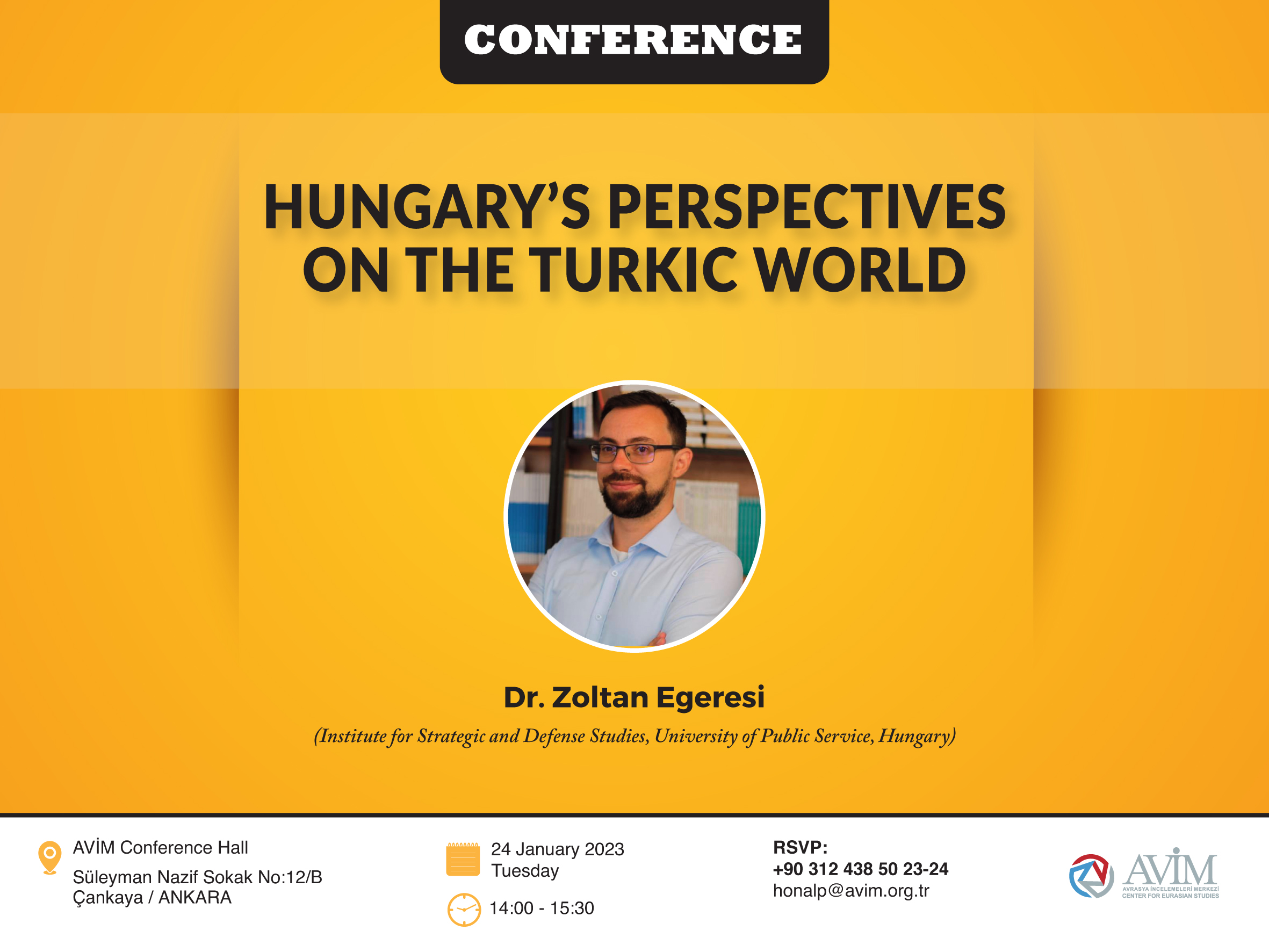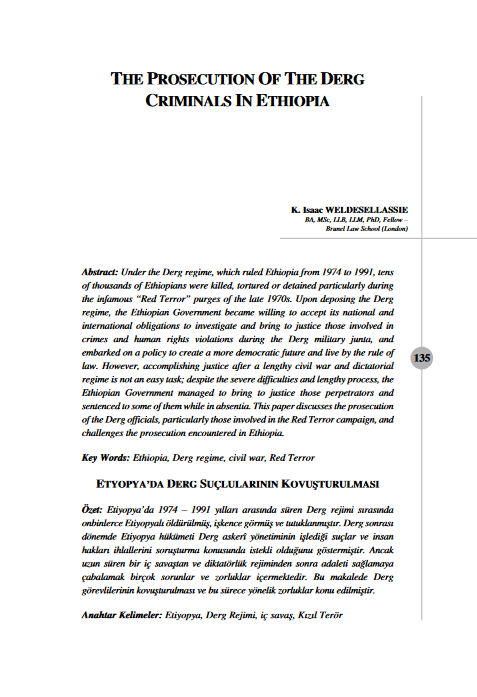Download PDF :


BBC (27 April 2017)
From the section Asia These are external links and will open in a new window Share this with Facebook Share this with Twitter Share this with Messenger Share this with Email Share
On 13 April the US dropped one of its largest non-nuclear bombs on a tunnel complex used by so-called Islamic State militants in eastern Afghanistan. It was the first time such a weapon had been used in battle.
The BBC's Auliya Atrafi has been to the area to see if it really had any impact in the battle against IS.
The view from the hills overlooking the Mamand Valley is beautiful. Green fields and trees fill the valley floor. Ahead, the valley narrows and hills become mountains. In the distance rises the magnificent Spin-Ghar, the White Mountain, which marks the border between Pakistan and Afghanistan.
But there was no chance of quiet contemplation when I visited this area of Nangarhar province. Above, three types of American fighter planes were circling and dropping bombs.
One bomb hit the narrow part of the valley. It was there, a young soldier told me, that the weapon known as the Mother of All Bombs (MOAB) had been used.
I was confused. Reports of the bomb had made me think that it had wiped out the IS stronghold here in Achin district. I assumed that US and Afghan troops would have sealed off the area and that IS (or Daesh, as it is known here) would be in disarray.
An Afghan officer corrected me. "For a start this bomb wasn't as powerful as you think," he said.
"There are still green trees standing 100m away from the site of the impact."
The 21,600lb (9,800kg) MOAB flattened houses and trees, but didn't destroy everything
A large number of IS militants were killed by the MOAB, but it is hard to know how many. The Achin district governor, Ismail Shinwary, says at least 90.
Either way, the battle against IS continues.
"Daesh hasn't gone anywhere; there are hundreds of caves like the one the Americans bombed," the officer says, adding that strikes have continued since the bomb was dropped. "They can't get rid of them like this."
The fighting appeared to be taking place along a huge area in the mountains. The bombardment was relentless, filling the valley with smoke and noise.
But IS were taking casualties. Over a breakfast of eggs and green tea, the district police chief, Major Khair Mohammad Sapai, showed us pictures of dead IS fighters. They had beards and long hair.
In death they looked pitiable, quite unlike the image they try to portray in their propaganda videos - riding horses, carrying their black flags or making the local Shinwari people sit on bombs and then blowing them up.
Major Khair said some of them were foreigners, but from their disintegrating, dust-covered faces it was hard to tell.
He showed us hand-written lists of Afghan telephone numbers seized during operations, and some of the names on the list were indeed Arabic or Pakistani.
The major's claims were backed up by Hakim Khan Momand and his friends. They are members of the so-called "people's uprising" - new militias made up of local people that help with security in the area. They cooperate with state security forces but their existence is seen as a sign of weak central government and instability.
The bearded men lay on portable cots, drinking strong green tea and relishing the sight of IS fighters being bombed by American planes.
"They are all sorts - Uzbeks, Tajiks, Arabs and Wahhabis from Kunar Province. They have nowhere to go; best to bury them in the caves where they happen to be hiding," Hakim Khan said.
His house lies in the Mamand Valley, in an area still under the control of IS. He adds: "God willing, the Americans have given us their word that they would clear the entire valley of Daesh fighters."
Hakim Khan's own home is in an IS-controlled area
Unlike the Taliban, who tend to have many supporters in their core areas, IS seem to have angered a lot of people. Few seemed unhappy about the US bombardment.
A couple of kilometres from the frontline, ordinary life was continuing. Women carried water, boys played cricket and people went about their daily tasks.
However, there was anxiety. One man, Khaled, said local people were pawns in a US game.
"[Dropping the bomb] was a trick to show the world that their mission was going well. But this wasn't the type of bomb they showed in the media. The bomb did nothing."
"Will IS come back?" I asked.
"Yes, as soon as the government leaves, the locals won't be able to fight them. If the government makes permanent bases in the area and helps us, then we will be happy," he answered.
Children play cricket a few kilometres away from where IS positions are being bombed
Another local resident suggested IS could do with something a little stronger.
"Let Americans bring down a bigger one, this one was small," he said.
Back in the hills, Hakim Khan and his friends were listening in to IS fighters communicating via walkie-talkies with the help of their radio. The fighters were reassuring each other and communicating with their comrades in a neighbouring district.
A border police officer wondered aloud if the commitment of the Trump administration would match that of IS.
"The more we kill, the more they come from the other side of the Durand line, in Pakistan," he said.
